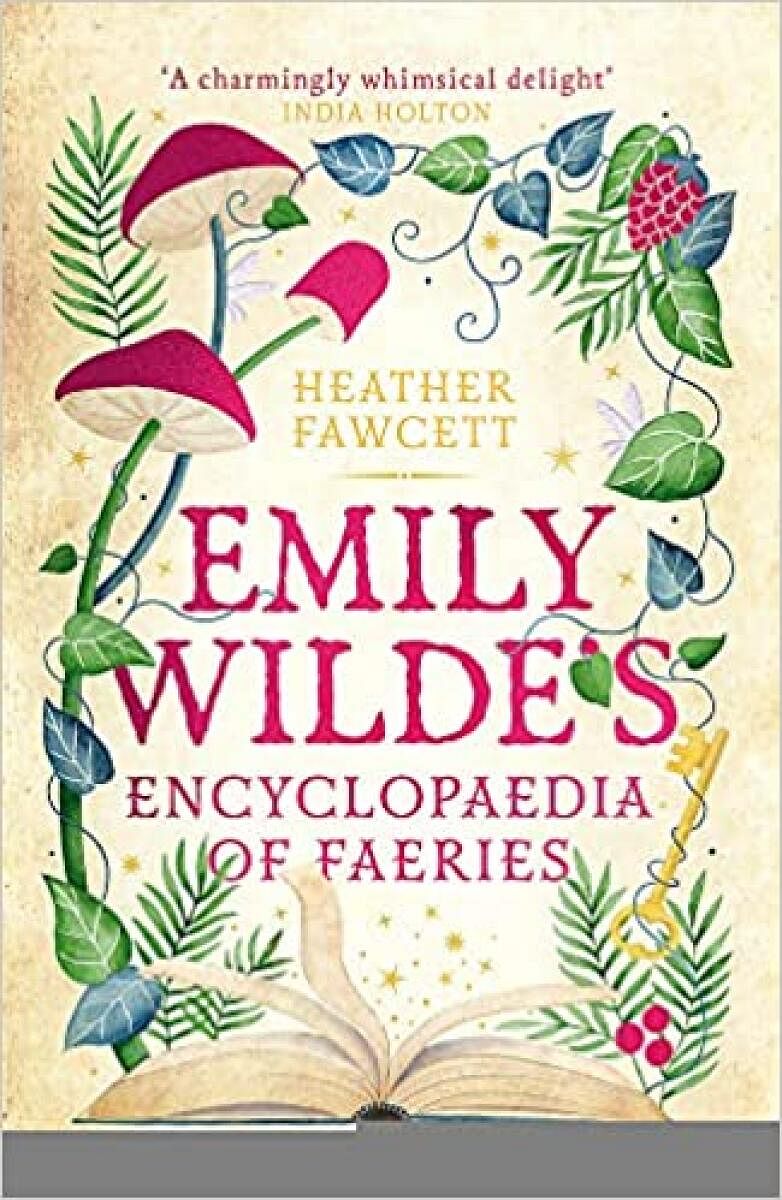
Emily Wilde’s Encyclopaedia Of Faeries is an epistolary novel, and you follow the whimsical tale through the eponymous Emily Wilde’s journal. Set in 1909, this is something of a historical novel laced with introspection and romance — but here, Dryadology or the study of fae is a legitimate field of study, and the liminal space between mortal and faery worlds is thin.
Emily Wilde, the 30-year-old protagonist, has wandered off to the impossibly cold climes of Hrafnsvik. The little village is quaint and cold and full of curious people. Emily, however, is not there to befriend anyone. She is very close to completing a comprehensive encyclopaedia, and there is no one alive who knows as much about folklore and fairytales as she does.
Nevertheless, her lack of social skills soon means she ends up antagonising the village head, her landlords, and just about everybody she comes across. There are also some very charming sheep that somehow get into the house she’s been allotted.
They also eat all the vegetables she buys.
And then, the hapless and socially inept Emily finds herself in the company of her colleague from Cambridge, a dashing daredevil called Wendell Bambleby. Emily is for the most part annoyed at this intrusion, and yet she must also concede that Wendell is a little too handsome.
A series of misadventures
There is much going on in this novel, from Emily’s misadventures with social mores to villagers serving her burnt bread, and her utter irritation with her colleague. To her, her work is of utmost importance not entirely because of which she fumbles with her social obligations and lack of empathy. When children and adults alike go missing, Emily’s mind wanders to her encyclopaedia. When individuals are injured, she thinks of the encyclopaedia. When her life is in danger, she again dreams of her encyclopaedia.
As a character, Emily Wilde is realistically drawn — she has her quirks and her hopes and dreams, and her attempts to empathise create more trouble than they’re worth.
And Wendell Bambleby, her colleague with the intriguing name, is nonchalant and seemingly airheaded. He cares little for work and yet manages to get a lot of attention. Most of his research appears fabricated, but no one has, as of yet, called him out on it, in part due to his irresistible charm. The village of Hrafnsvik soon rallies around him before Emily can blink, and her journal entries note her grudging acceptance of his almost magical charm.
A dog called Shadow
Most of the other characters peopling this novel are unique as well. The mysterious little Poe has grandiose ideas and some sense of devotion to Emily. Ari, the son of grieving parents, is rarely seen outside the house. Ari is frighteningly cold, difficult to understand, and dangerous — but he is still a child, with a child’s curiosity.
Shadow, Emily’s dog, is memorable as well. He is overlarge, rather docile, and most intimidating to look at. Wolves, to him, are as unimpressive as cats. When the infamous sheep raid Emily’s cottage, Shadow finds them amusing and does absolutely nothing to stop them. Sometimes, much to Emily’s chagrin, Shadow cosies up to all the wrong people and even obeys them.
The plot itself is very reminiscent of a fairytale, one that Emily is forced to live through. Most of her misfortunes are brought on by her own inquisitive nature, including a very bizarre marriage proposal that finds her whisked off to mysterious lands. There are some very strange moments in the tale that is sometimes humorous, sometimes dreamlike, and sometimes macabre. Emily’s encounters with the Folk soon reveal that some individuals are just plain inhuman, unpredictable, and deadly.
Seeking companionship
This novel is an intriguing read. The journal entries are snuck in between folktales collated by the protagonist, and those make for interesting reading. In between the village histrionics, magic, the dream worlds she encounters, and a very amusing romance, Emily Wilde’s discovery of what she can and cannot do stands out. For this is a woman who, despite her flaws and vehement denials, does have compassion in her somewhere, and a desire, even a need, to be liked. Behind the scientific temperament and zeal for her work is a lonely and rather empathetic young woman seeking companionship.
It is obvious to the reader, and just about everyone else, especially Wendell Bambleby, what Emily Wilde’s true nature may be like. Except to the said lady herself, who has convinced herself that she is cold, calculating and shrewd.
Overall, Emily Wilde’s Encyclopaedia Of Faeries with its quasi-historical setting, surreal imagery, and tales within tales, is a fascinating story of self-discovery, romance, and a lot of suspension of disbelief especially where the Folk are concerned. Superstitions in this tale are not mere superstitions, or at least, not all of them.
There is a point, see, to wearing that jacket inside out.